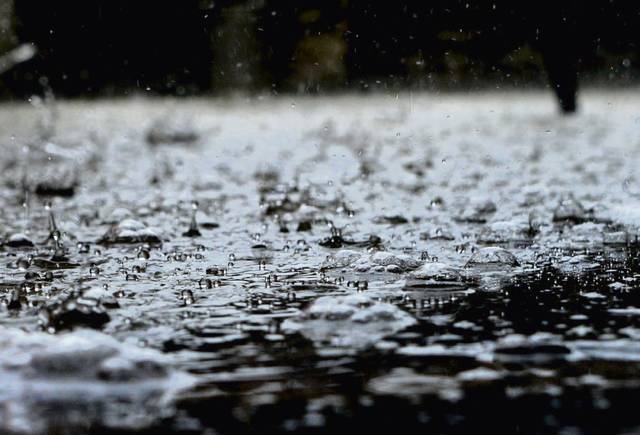Tropical depression likely to form this weekend or early next week
FORT LAUDERDALE, Fla. — A tropical depression appears likely to form in the next few days off Africa and drift west across the Atlantic, the National Hurricane Center said Friday morning.
The patch of stormy weather has been given a 60% chance of forming a tropical cyclone, a rotating storm system that could range in strength from depression to tropical storm to hurricane. It’s too soon to say whether this one would be a threat to land.
The potential cyclone is located south of the Cabo Verde Islands, traditional spawning grounds for cyclones during the peak of hurricane season. The frequency of storm starts increasing in early August and reaches its high point around Sept. 10.
Meanwhile, meteorologists are watching a second tropical wave in the mid-Atlantic moving in the direction of the United States.
The latest outlook indicates a tropical depression is most likely to form over the eastern Atlantic by late this weekend, the National Hurricane Center said in its 8 a.m. update. Hurricane specialists are expecting the tropical wave to push off the coast of Africa later tonight as Atlantic conditions are ripe for development.
As of 8 a.m. Friday, the system had a 30% chance of developing in the next two days and a 60% chance of developing in the next five days. It is expected to move west to west-northwest at about 15 mph.
Disturbances that emerge over or off Africa’s west coast are closely watched by the National Hurricane Center because it is a central spot that spawns the majority of Atlantic hurricanes that emerge in August. These disturbances generally move west across the Atlantic Ocean toward the Caribbean.
A second system — a tropical wave located over the central Atlantic — could see some slow development by Sunday and into early next week as it approaches the far eastern Caribbean, forecasters said.
The system was producing a broad area of disorganized showers and thunderstorms Friday, and has been given a low chance of developing in the next five days.
No threats or impacts from either system are expected in South Florida “through at least the upcoming week,” according to the National Weather Service.
The tropics typically start producing more storms in mid-August, as patches of disturbed weather roll off the west African coast, with storm formation reaching a peak around Sept. 10 and only falling to pre-peak conditions by late October.
A pessimistic revision to this season’s Atlantic hurricane forecast was released Wednesday.
The forecast from NOAA’s Climate Prediction Center predicts 7 to 10 hurricanes, up from the pre-season forecast of six to 10. The agency predicts a total of 15 to 21 named storms, which means those with winds speeds of at least 39 mph, up from its earlier prediction of 13 to 20. The number of expected major hurricanes, which means those with winds of at least 111 mph, held steady at three to five.
“With less interruptive winds in place, tropical storms and hurricanes can more easily become better organized — as opposed to during an El Niño year when winds can keep systems in check,” according to AccuWeather.
So far this season, there have been four tropical storms and one hurricane. Hurricane Elsa formed a month ago before weakening back to tropical-storm strength and hitting Florida’s Gulf Coast.
On average, fifth-named storms usually form in late August, according to AccuWeather.
If either system develops into a tropical storm with maximum sustained winds of 39 mph or greater, the first one to do so will be the sixth named storm of the season and will be named Fred. If they both develop, the latter will be named Grace.
The areas of interest are about two weeks shy of the “peak of hurricane season,” or the period where meteorologists observe the most tropical storm and hurricane activity in the Atlantic. Conditions of warm water and low vertical wind shear in the upper atmosphere become ideal for storm production between mid-August and mid-October.
Last year, by the end of hurricane season on Nov. 30, meteorologists cataloged 30 named storms — the most recorded in a single year.
Remove the ads from your TribLIVE reading experience but still support the journalists who create the content with TribLIVE Ad-Free.

